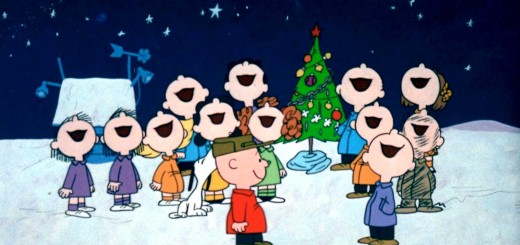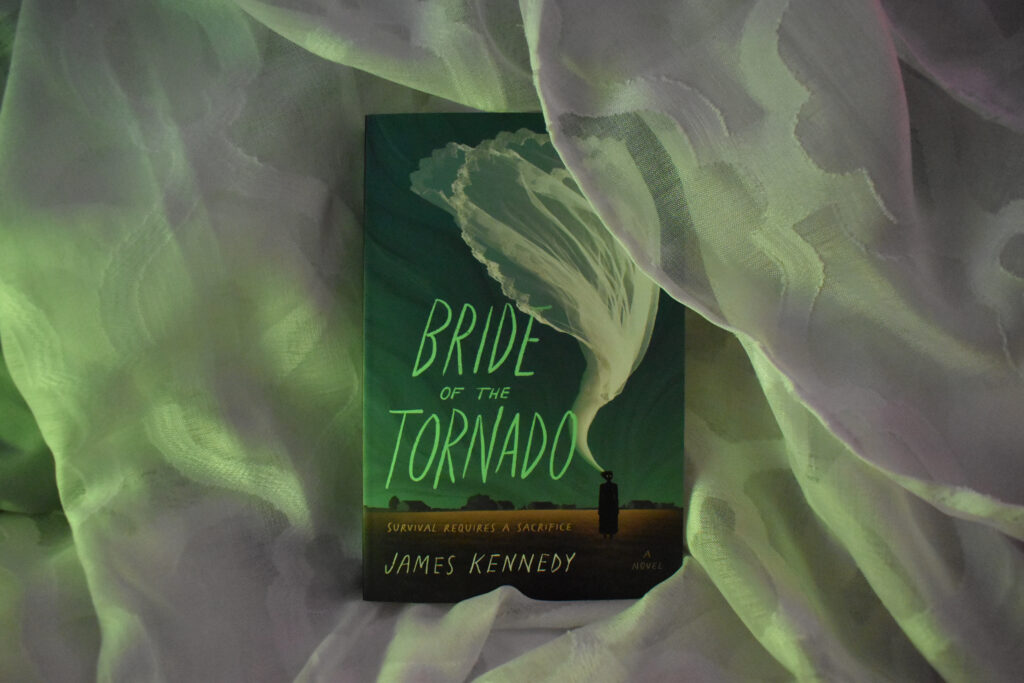Which Came First, The Holiday Song or Book?
Love ‘em or hate ‘em, jolly ol’ Saint Nick and his cast of Christmas-time characters, from Frosty to Grandma’s manslaughtering reindeer, permeate the radio airwaves almost as soon as Halloween ends.
It’s big business! Write a memorable holiday jingle, and you’ll be fa-la-la-la-laughing all the way to the bank. Macca, Mariah & even Irish punk rockers The Pogues, all make close to half a million dollars a year off the royalties of a single holiday song. And don’t forget the cross-media potential: TV specials, first-run movies, fourth-run movies, internet memes… even book deals.
Unless…of course, the book came first.
Can you guess which of these Christmas denizens originated as book characters? Quirk “double-dog-dares ya’” to find out!
#1: Rudolph the Red Nosed Reindeer
So he may have gone down in history (yes, like George Washington), but you may be surprised to find out how the dear little deer started his rhinophyma-stic life.

Answer: BOOK!
Rudolph, and his rhyming biography of subjugation in the oppressive, blue-collar North Pole caribou community, was the brain-child of Montgomery Ward department store marketing manager Robert May, who made a Christmas story book for the 1939 shopping season.
And his rhyme was a smash hit! The story of Santa’s ninth reindeer sold out way before the holiday.
An entire decade passed before May’s brother-in-law, Johnny Marks (the author of many of your favorite Christmas songs like Holly Jolly Christmas, Rockin’ Around the Christmas Tree, The Most Wonderful Time of the Year, Silver and Gold and Run Rudolph Run, just to name a few) set the story to music, and pitched it to “America’s Singing Cowboy” Gene Autry.
Marks, who may be the most prolific, most profitable Christmas song author in history…is Jewish!
Autry had written another famous Christmas song, Here Comes Santa Claus, and was doing a Christmas album to showcase his song. He famously disliked Rudolph.
According to CNN, Autry released 635 albums over his career. No record sold better than Rudolph. With a reported net worth of $320 million, the Autry estate (Gene died in 1998), ain’t singing the blues about ol’ red nose.
#2: Frosty the Snowman
There was “magic in that old hat.” Magic to the tune of one of the most lucrative licensing properties in the history of American entertainment. According to internet legend, creators Jack Nelson and Steve Rollins dreamt up “Frosty” after joking that they could write something “just as stupid as Rudolph, and make all that money, too.”
Well, Happppy Biiiirthdaaaay!

Answer: SONG!
Learning quickly about lucrative holiday characters, the sales of “Rudolph” having warmed his holiday heart, Gene Autry was also the first to record Frosty the Snowman for a 1950 Christmas album. The song knocks off of Irving Berlin’s (no Christmas writing slouch himself) “Let’s Have Another Cup of Coffee.” Still, the writers laughed all the way to the bank. After dozens of TV specials, books and even a handful of movies, “Frosty” remains extremely profitable today.
#3: Snoopy’s Christmas
A British invasion group that wasn’t from Britain had not one…but two hits containing a World War I flying ace who also happened to be the world’s most famous beagle.

Answer: Book!
We know, we know…that was an easy one. Charles Schultz’s Snoopy and the rest of the Peanuts gang first graced the printed page in 1950, (making him younger than Rudolph, btw) and the pop rock songs about the “regal beagle” surfaced in the mid-sixties.
However, the storyline in which Snoopy imagines himself as a World War I dog-fighting pilot were first published in the Fall of 1965 (the popularity of the strips led to the quizzical cartoon intermezzo of the perennial It’s the Great Pumpkin, Charlie Brown, first televised for Halloween 1966).
In December of that year, pop rockers the Royal Guardsman, who despite their Anglo name, were Floridian, recorded Snoopy vs. The Red Baron….without Schulz’s permission.
Schulz, of course, sued them and won easily, making millions from the song, and granted the Royal Guardsman permission to go off and make more Snoopy-cash-creating pop songs.
Snoopy’s Christmas came out the following year (at least that worked better than the dang sno cone machine).
#4: The Christmas Song (Christmas Don’t Be Late) by Alvin & The Chipmunks
A Hula-hoop! A hula-hoop! We know! We know!

Answer: Both?!
In summer of 1958, Armenian American World War II war veteran Ross Bagdasarian (or as you and everyone in American would come to know him…David Seville) recorded a novelty song about a love spell purchased from a Witch Doctor.
In a life, and, arguably, culture-changing stroke of genius, Bagdasarian recorded the voodoo incantation at an accelerated speed to make the “Witch Doctor” sound like he had a high, squeaky little voice.
Boom. Number one hit! Bagdasarian is a pop star, he reckoned.
So, he recorded a second song. A love song. A normal song sung at a normal speed.
Boom. No one cared! No witch doctor. No squeaky, high-speed voice. No notice. Nothing.
Bagdasarian was no fool. For Christmas 1958, he re-created the speed-tactic, even improving on the technique to layer the sound and make the high-pitched voice easier to understand. The power and importance of this process will not be lost on anyone who ever wondered what the heck Chip N Dale were saying.
Bagdasarin invents a narrative in which the voices come from animal friends of his. Instead of crediting himself on the record, Bagdasarin credits three-part harmony singing chipmunks.
The Chipmunk Song, as it was known then because, you know there was only one song sung by singing chipmunks, was a massive Christmas hit. But as you know, the story doesn’t end there.
The Chipmunks themselves become huge stars, but thanks to a book, not the song.
In 1958, Bagdasarin appeared on the Ed Sullivan show with hand puppets to lip-sync his hit song. Though this is the first official appearance of “The Chipmunks,” the puppets, do not hint at the distinct personalities and body types of the characters that would become Alvin, Simon & Theodore.

The full-realization of those characters takes hold when a comic book called The Three Chipmunks is produced in 1959. The book drives the individualized personalities and familiar narrative that turns the singing Chipmunks into a franchise.
They are still going strong with a reincarnation and bevvy of first-run movies today.

So kids, this year, when you gather ‘round the fire to read those Christmas stories and sing Christmas carols, open the Notes app on ye’ ole iPhone, because even the crudest ideas could become multi-million dollar Christmas franchises. Ask Dominick, the Italian Christmas donkey.

Joe Costal
Joe Costal knows too much about stupid Halloween songs. His writing has appeared in dozens of magazines and journals, most recently Philadelphia Stories and The Maine Review. His poetry is included in Challenges for the Delusional II by Diode Editions. An excerpt from his novel is forthcoming in Painted Bride. Joe teaches writing at Stockton University. Visit him online at joecostal.com.




